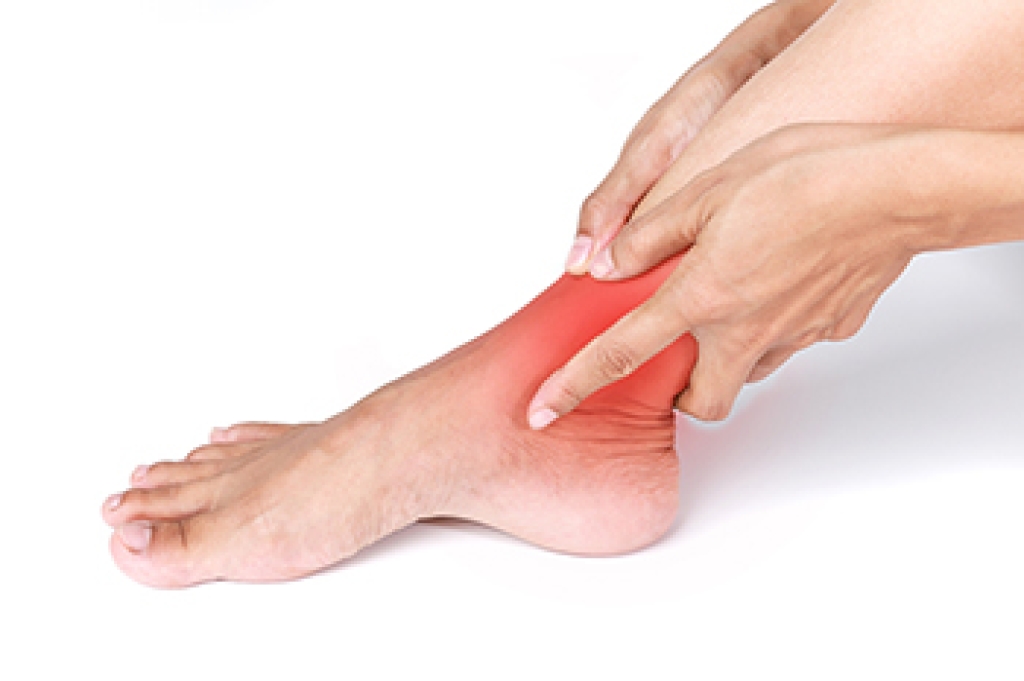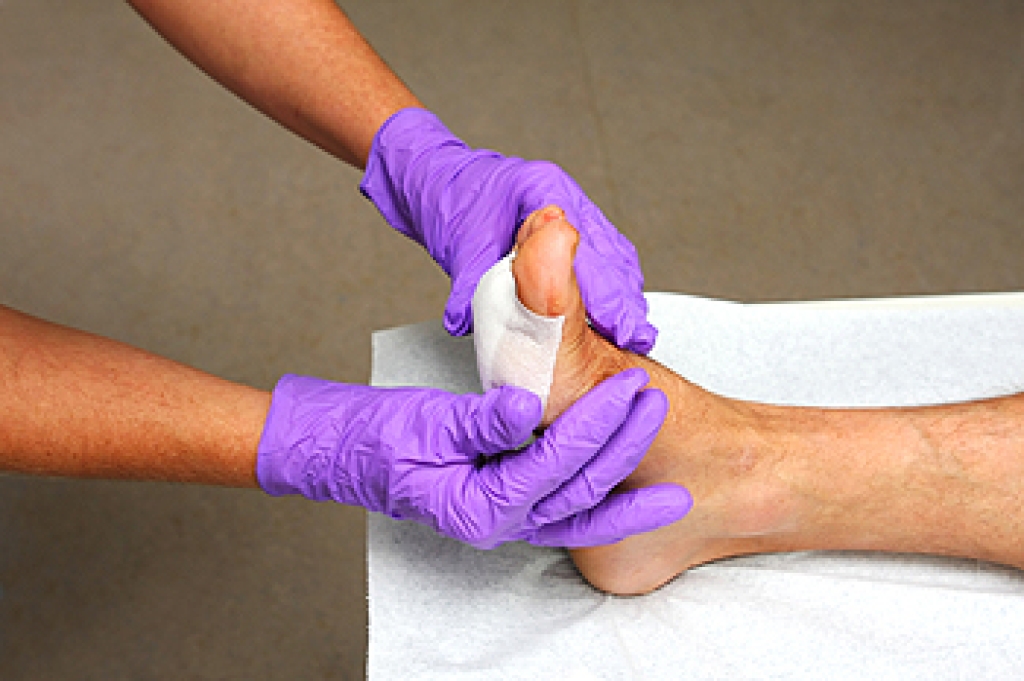
Chronic ankle pain refers to persistent discomfort in the joint that lasts for an extended period and may interfere with daily activities. Symptoms include ongoing pain, difficulty walking, foot swelling, and visible bruising. Many individuals also experience a limited range of motion, making it hard to move the ankle freely or bear weight comfortably. Several conditions can contribute to chronic ankle pain, such as tendonitis, where the tendons become inflamed due to overuse or injury. Arthritis is another common cause, leading to joint stiffness and swelling over time. Additionally, ankle instability, often the result of repeated sprains or weakened ligaments, may cause the joint to feel wobbly or prone to giving way. Chronic ankle pain often causes difficulty in completing daily activities. If you have any of the above symptoms, it is strongly suggested that you are under the care of a podiatrist who can start you on a comprehensive treatment plan.
Ankle pain can have many different causes and the pain may potentially be serious. If you have ankle pain, consult with Gabe Rodriguez, DPM from Sioux Falls Foot Specialist. Our doctor will assess your condition and provide you with quality foot and ankle treatment.
Ankle pain is any condition that causes pain in the ankle. Due to the fact that the ankle consists of tendons, muscles, bones, and ligaments, ankle pain can come from a number of different conditions.
Causes
The most common causes of ankle pain include:
- Types of arthritis (rheumatoid, osteoarthritis, and gout)
- Ankle sprains
- Broken ankles
- Achilles tendinitis
- Achilles tendon rupture
- Stress fractures
- Tarsal tunnel syndrome
- Plantar fasciitis
Symptoms
Symptoms of ankle injury vary based upon the condition. Pain may include general pain and discomfort, swelling, aching, redness, bruising, burning or stabbing sensations, and/or loss of sensation.
Diagnosis
Due to the wide variety of potential causes of ankle pain, podiatrists will utilize a number of different methods to properly diagnose ankle pain. This can include asking for personal and family medical histories and of any recent injuries. Further diagnosis may include sensation tests, a physical examination, and potentially x-rays or other imaging tests.
Treatment
Just as the range of causes varies widely, so do treatments. Some more common treatments are rest, ice packs, keeping pressure off the foot, orthotics and braces, medication for inflammation and pain, and surgery.
If you have any questions, please feel free to contact our office located in Sioux Falls, SD . We offer the newest diagnostic and treatment technologies for all your foot care needs.




